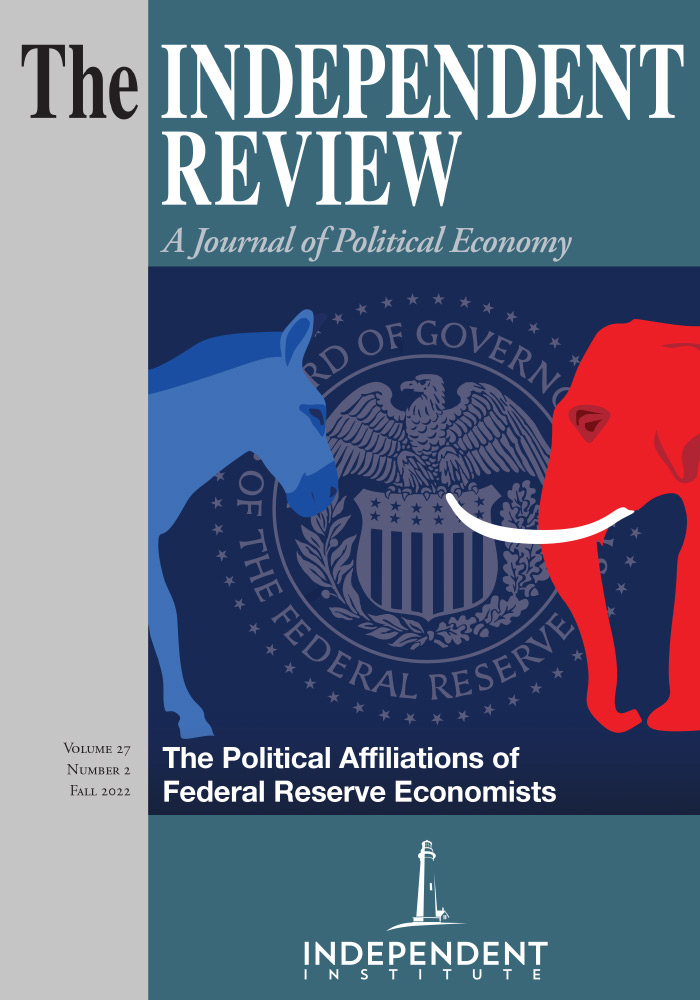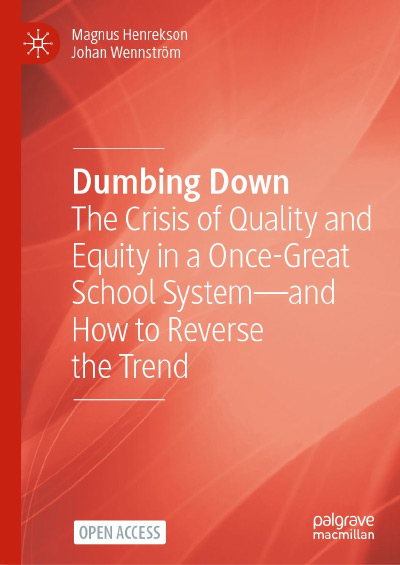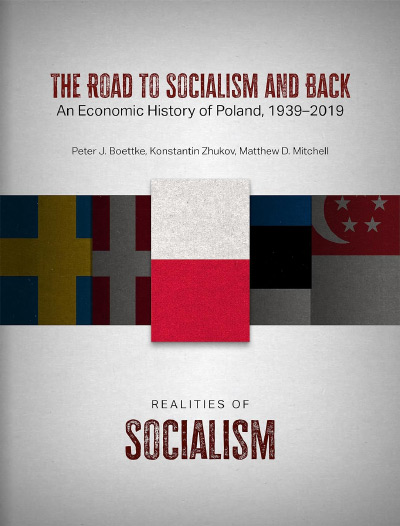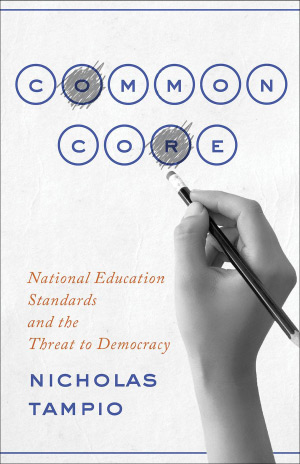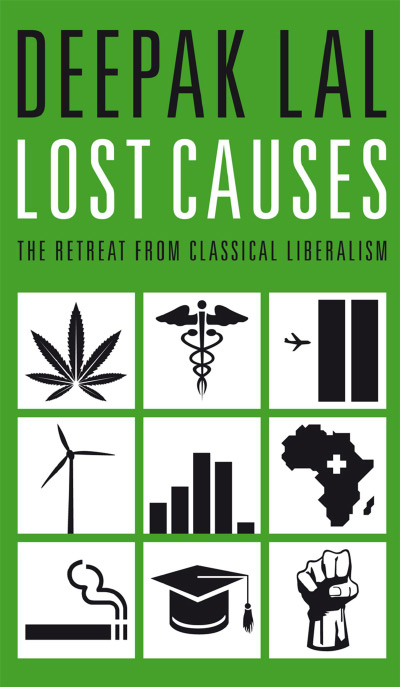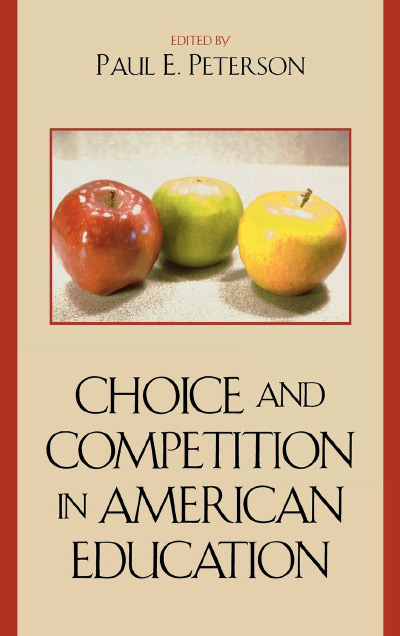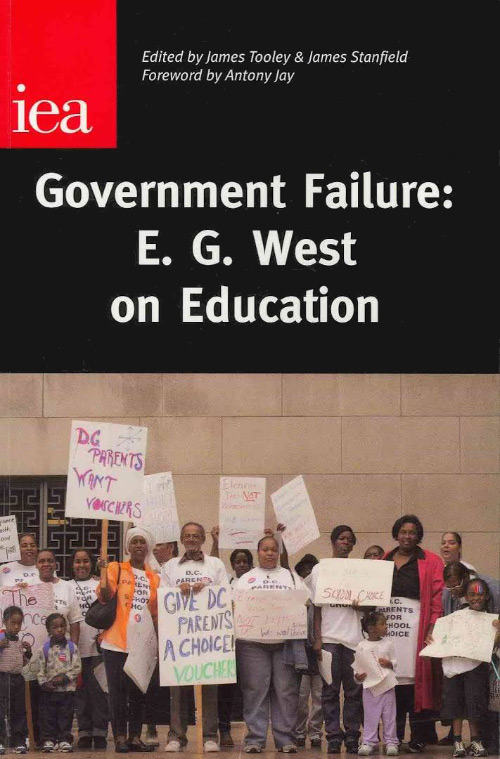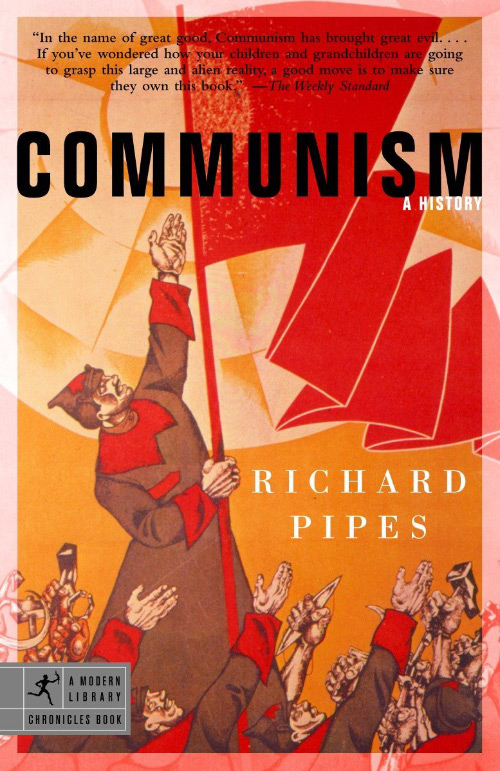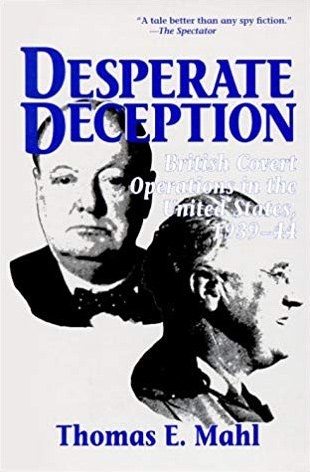An in-depth analysis of Sweden’s once world-leading yet now-troubled educational system and suggestions regarding how the country might recover its former standing is enough to fill a book with arguments for and against competing policy solutions. Yet Dumbing Down by Magnus Henrekson and Johan Wennström attempts to tackle an even bigger task by using Sweden’s experience as an example of how not to seek educational excellence in Western countries generally. The authors make important points about the pedagogical phenomenon overtaking Swedish and other Western educational systems to which they correctly refer as “post-truth”: “education based on a postmodern social constructivist view of truth and knowledge...as opposed to being mostly objective and reliable” (p. 6). They warn that the loss of important knowledge gained over centuries of history, science, trial-and-error will leave cultures devoid of proper bases on which to continue building and improving—and defending their places in the world.
Henrekson and Wennström don’t stop there. The book also attributes the onset of Sweden’s—and, by extension, other Western countries’—failure to “full-fledged marketization of education” (p. 8). Once the post-truth movement permeated Swedish education, the authors deem a national policy requiring schools become marketized nationwide the final nail in the coffin of Swedish educational success. The authors explain how the two major educational policy events blended to destroy Swedish education from the inside.
Yet, although the authors claim that their analysis comprehensively considers all relevant aspects of this situation (pp. 7–8), something is missing. I argue that Sweden’s failure lies primarily with the fact that the country’s government not only ordered “institutionalized postmodernism” for all students but also mandated decentralized, comprehensive free marketization—an oxymoronic concept at the outset.
As the authors explain in depth, Sweden is among the Western nations that have experienced educational system upheaval. Henrekson and Wennström describe Sweden’s recent prior history of educational excellence in Chapter 2 as the “‘silver age’” (p. 11), beginning in the mid-nineteenth century and lasting until shortly after World War II, when toward the end of the silver age intellectuals and Social Democratic politicians had not only tired of the successful classical educational pedagogy but also mistook it as similar to the Nazi school system. The authors argue this shift led to support for the anti-classical, postmodern social constructivist pedagogy (post-truthism), which eventually overtook the classical, knowledge-based pedagogy and curriculum. There are at least approximate parallels in other Western societies, such as those in the French-Canadian province of Quebec, the United Kingdom, France, and Finland (pp. 8, 162–163). In the U.S., however, postmodernism was delayed. Also importantly, the U.S. government paid little attention to public education at that time (F.P. Huddle. 1945. “Postwar Public Education,” Editorial Research Reports 1945 [Vol. II]; Martha Bradley-Dorsey, “Rise of a Centropoly: Good Intentions, Distorted Incentives, and the Cloaked Costs of Top-Down Reform in U.S. Public Education.” In Rosolino A. Candela, Rosemarie Fike, and Robert Herzberg, Institutions and Incentives in Public Policy: An Analytical Assessment of Non-Market Decision-Making, London: Rowman and Littlefield, in production). Although these societies are somewhat similar to Sweden’s, differences exist which could influence different outcomes.
Henrekson and Wennström preface their detailed examination of postmodernism and the market influence by first documenting Sweden’s precipitous decline in test scores (Chapter 3) and other decline-relevant system characteristics (Chapter 4). These chapters lay the groundwork from which the authors derive their conclusions regarding the two major events, both consisting of wide pendulum swings which, they argue, together caused the educational decline (Chapters 5–7). First, the authors note the swing from a highly structured, knowledge-based, and teacher-led curriculum and pedagogy (p. 15; appendices) to post-truthism (Chapters 5–6), which “rejects the existence of objective and neutral knowledge” (p. 92) and employs a national un-curriculum, or belief that all curricula are biased and oppressive (p. 91).
Second, the authors summarize the “perfect storm” that occurred when, upon post-truthism, a brand-new, market-based educational delivery system was implemented nationwide (Chapter 7). Ironically, this market system was coupled with a national government-mandated decoupling from the national government (p. 119). Henrekson and Wennström describe new system characteristics suspiciously like those of the U.S. For example, “strict merit and experience-based salary schedules were abandoned and replaced by individually negotiated salaries” (p. 120), and the new system lacked a uniform textbook review process (p. 121).
The timeline is important: The central government abandoned its control in 1991. Elementary and secondary schools were converted to a “contestable quasi-market” (p. 121) effective 1992 and 1993, respectively. The new market-based system was modeled after Milton and Rose Friedman’s 1980 book, Free to Choose, (New York: Harcourt, Brace, Jovanovich, 1979),which, the authors summarize, was “in line” with James Buchanan, Gordon Tullock, and others’ public choice theory. The first new national un-curriculum was introduced into schools in 1994, followed by an even less knowledge-based national curriculum in 2011. A highly subjective grading system, also nationally mandated, followed.
After their remarkably detailed analysis of Sweden’s schooling, as well as a comparative examination of other countries’ experiences with post-truth schooling (for example, E.D. Hirsch, Jr.’s 2016 demonstration of the relative failure of a similar reform in French schools [p. 163]), the authors weave together their conclusion regarding the combined effect of post-truthism and full-fledged marketization. The final two chapters juxtapose the “vicious cycle” result of combining post-truthism with radical marketization (p. 155) against the “virtuous cycle” product of a knowledge-based pedagogy into a “high quality school system [which] selects what knowledge and skills are most important” (p. 166). The authors ignore the source of change—central government mandates—and use a single study to support their claim that marketization works only when schools employ exit exams (p. 167).
Although maintaining a strong individual freedom perspective, I agree substantially with the author’s historical analyses. Complete disregard of knowledge, history and facts—a more recent occurrence in the U.S—could seriously damage not only student achievement but also a country’s future success in multiple endeavors. However, those who would completely reverse this all-or-nothing systemwide policy change should be mindful of the wide array of educational possibilities existing between only teaching knowledge and only following students’ explorations from scratch. As the “law of the instrument” identified by Abraham Maslow (1966) and others dictates, when one has only a hammer, one tends to treat everything as a nail. Having “discovered” student freedom to explore, educational policymakers appeared to abandon the knowledge pedagogy completely and adopt the post-truth wholesale. This happens frequently in policymaking, including education. Hence, the policy pendulum swings between extremes as if to disavow the complexity of human learning.
The result might be termed the “averaging of individuals.” The best of society is not reached by providing the same “averaged” education to every single student, hence preparing all students to develop from the same “averaged” point of knowledge. Instead, an optimal school system would allow for more granular educational paths to provide individuals with opportunities to reach beyond their own median, let alone the group’s average.
Consider, for example, the relatively small but highly important case of the ongoing debate between phonics and whole language methods of literacy learning—often referred to as the “reading wars”—which has been one of several focuses of the general pedagogical debate. In their “comprehensive...review of the science of learning to read...”, Castles, et al. (Anne Castles, Kathleen Rastle, and Kate Nation; 2018, “Ending the Reading Wars: Reading Acquisition from Novice to Expert,” Psychological Science in the Public Interest, 19:1, 5–51) review the history of and latest research in how literacy learning occurs and optimal teaching methods. The authors spend 9 pages out of 46 on “cracking the alphabetic code” and the “importance of systematic phonics instruction” while acknowledging “outstanding phonics instruction questions” (pp. 8–16). Note this review regards only literacy learning, which is but a small (though highly essential) part of a student’s learning. Even so, Castle et al. note that, despite the need for phonics education, educators must go beyond merely teaching phonics. Much other research has addressed other issues related to student learning—for instance, motivation based on cultural differences in subject matter exposure (see, e.g., John U. Ogbu, 2003, Black American Students in an Affluent Suburb: A Study of Academic Disengagement, Hillsdale, N.J.: Lawrence Erlbaum).
Relatedly, I argue that in any society—perhaps especially in a society as diverse as that of the U.S.—any one student does not have to know it all. This means that differentiation among students’ knowledge spheres is not only possible, but advisable. As such, there is a great deal of room for individual learners to customize their learning, and in myriad ways.
Second, Dumbing Down explains two different mechanisms of top-down government control in Sweden—the decision-making system and the educational delivery system—and it is important to distinguish between them. By delivery system, I refer to the change in school governance structure from central control to decentralized market control. This change happened “almost overnight” (p. 121). The effect was more than the system could bear, according to the authors.
The other top-down control issue involves who made these delivery system changes, i.e., the policymakers. The central Swedish government mandated all these changes in the educational system. Whether teacher- or student-led pedagogical model, the model was ordered in place by national legislation. Likewise with first the centralized, then the decentralized market-based school control systems; each was ordered in place by national legislation.
In conclusion, any method of pedagogy, education delivery mechanism, or other control over education that is uniform and mandated by a centralized government ignores important aspects of human behavior as evidenced in, and perhaps especially, the act of learning. Contrary to the authors’ claim, public choice theorists would not have supported any such central government mandates: the lack of knowledge preceding such decisions would be their downfall.

